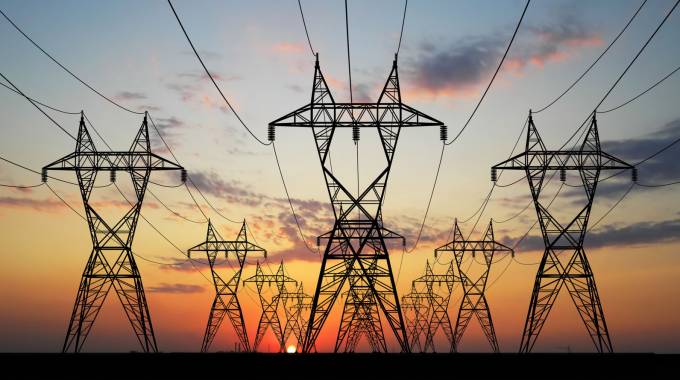
The Sunday Mail

Sunday Mail Reporter
Zimbabwe’s power supply situation is set to ease significantly in the coming weeks, with President Mnangagwa scheduled to travel to Zambia and Mozambique to finalise power import deals with the countries’ leaders.
Power supply in the country has deteriorated over the last few weeks, worsened by depressed generation at Hwange and Harare thermal power stations, including the loss of a generation unit at Kariba Power Station.
Writing in his weekly column for this paper, the President said there was increasing demand for power on account of heightened economic activity, with Zesa sitting on applications for supply of over 2 000 megawatts by 2025, primarily from the mining sector.
President Mnangagwa said he had scheduled visits to the two countries to firm up power supply deals as an interim measure to guarantee uninterrupted supply.
“This week I am paying a working visit to the sister Republic of Mozambique,” he said.
“In the coming weeks I am likely to meet President Hichilema of Zambia in Livingstone.
“Both sister countries supply us with power. I will engage my colleagues with a view to ensuring our power imports are secure and uninterrupted.”
He counselled against panic, saying there was no need for “individual arrangements by corporates” to secure power imports.
The Government, he said, would ensure the economy’s energy needs were fully met through internal power generation and gap-filling imports.
Authorities, he added, would aggressively pursue energy policy interventions to stimulate increased power generation required by industry and domestic users.
He said the economy was growing rapidly and demand for power was “fast outstripping supply.”
“As I write, Zimbabwe Electricity Supply Authority, Zesa, is sitting on power applications totalling 2 100MW, all requiring power under three years from now in 2025, he added.
“This is larger than our current installed generation capacity, and far more than actual daily supply.
“Even more unsettling is the fact that the bulk of the demand for power is coming from the mining sector, including from projects for key minerals like gold, platinum, chrome, coal, diamonds and lithium, as well as from smelters we badly need for beneficiation and for triggering domestic industrial value chains.
“We thus just have to increase our internal power generation, possibly threefold, if we are to avoid throttling our growth, and if we are to lessen our dependency on power imports.”
There was a need to diversify the country’s energy supply mix which is “unhealthy”, largely dependent on just two sources – hydro and thermal.
He said power generation from renewable sources was below zero percent, despite presenting huge generation potential.
“We have to ramp up investments in all renewables, particularly in solar and wind energy.
“Before long we will know what Muzarabani means for us by way of our energy mix and generation capacity.”
Zimbabwe, he added, was endowed with massive potential to tap into renewable energy sources.
This, he added, required structured investment and speedy planning.
“Our experts estimate that we can generate a further 600MW from solar, with an additional 120MW coming from small hydropower projects largely in the eastern part of our country,” he said.
“Potentially, we can also raise 1 000MW from biomass, with our geothermal energy potential giving us an additional 50MW.
“Wind power has a potential to give us 1 872MW, according to our experts.
“All these energy sources suggest great power generation potential for our country which we must steadily turn into actual available and, therefore, usable power before long.”
The country needed to decentralise power generation to provincial levels, with provinces being directed to draw individual energy generation plans and strategies.
“Indicators for provincial GDPs must show energy statistics, principally electricity generation and consumption.
“We must continue to de-centre sources of power needed to move provincial economies by exploring more ways for local power generation.
“That way we are likely to diversify our energy and electricity mix towards low-carbon sources.
“Provinces thus need to draw up energy generation plans and strategies.”



